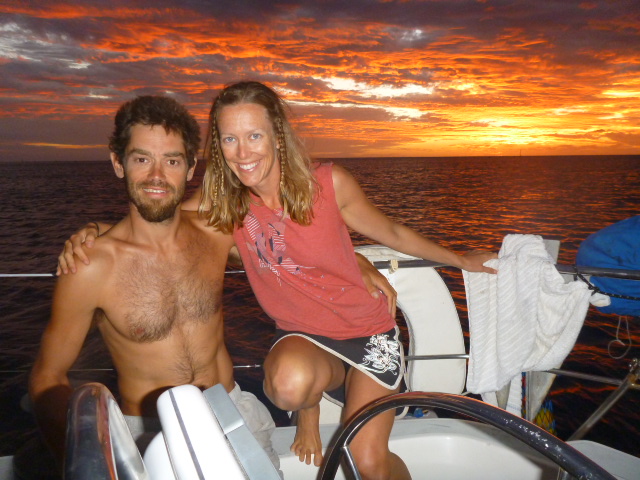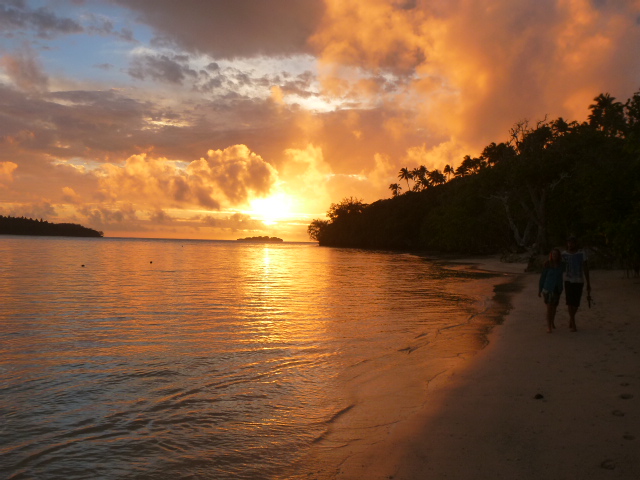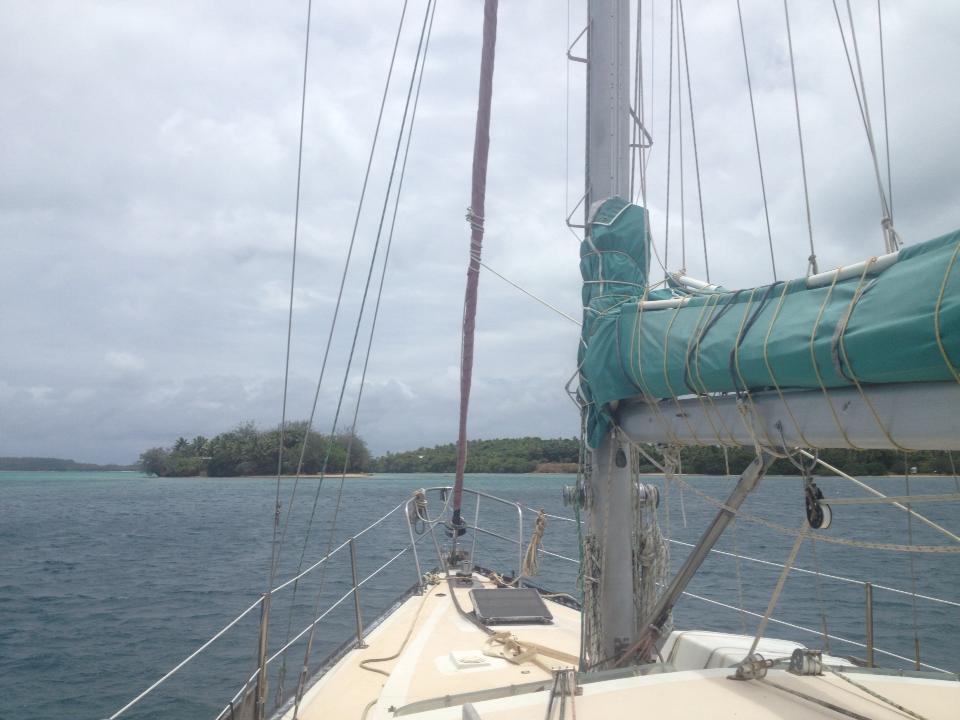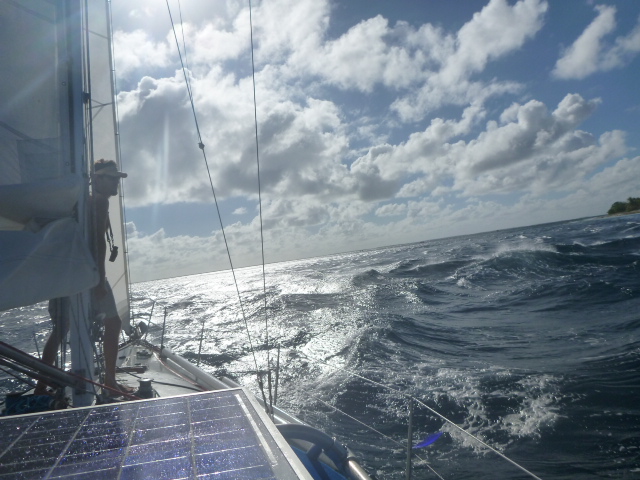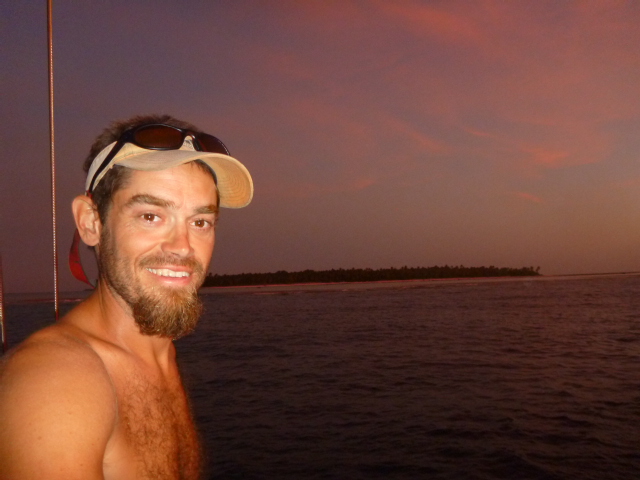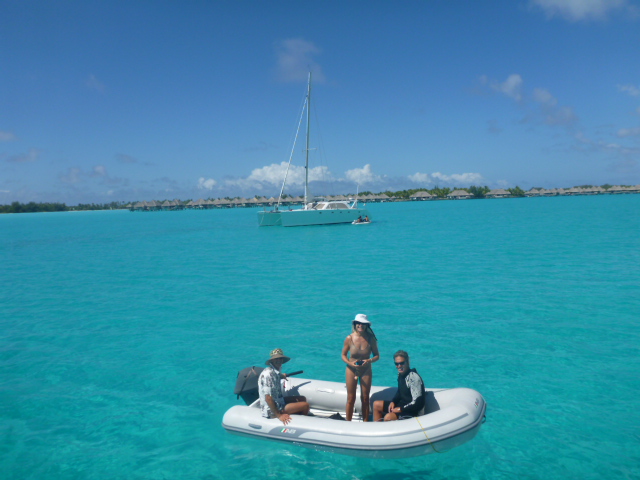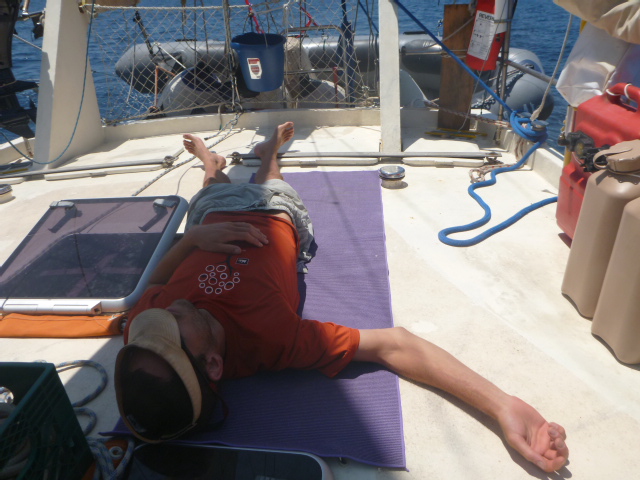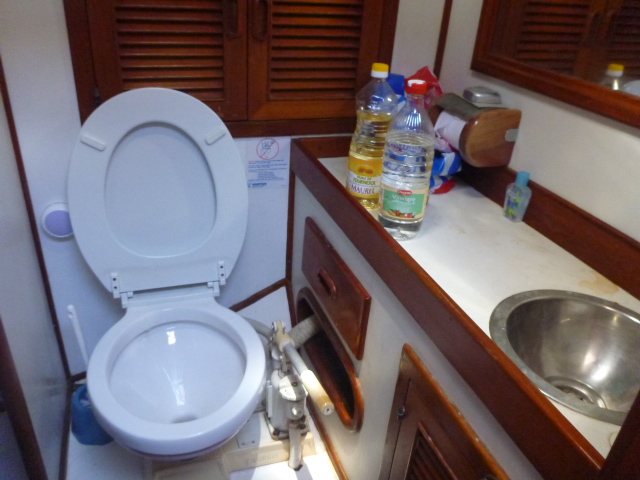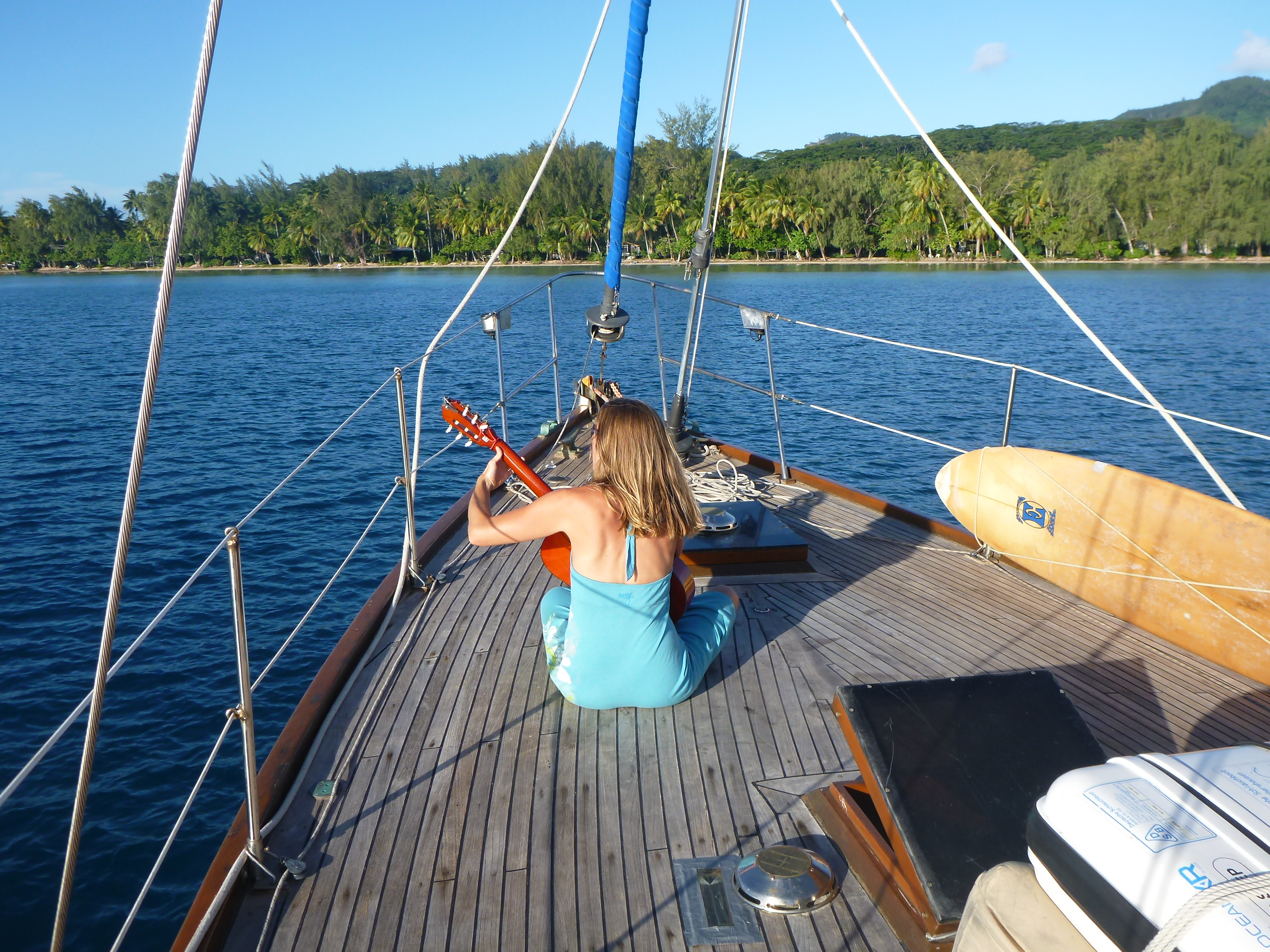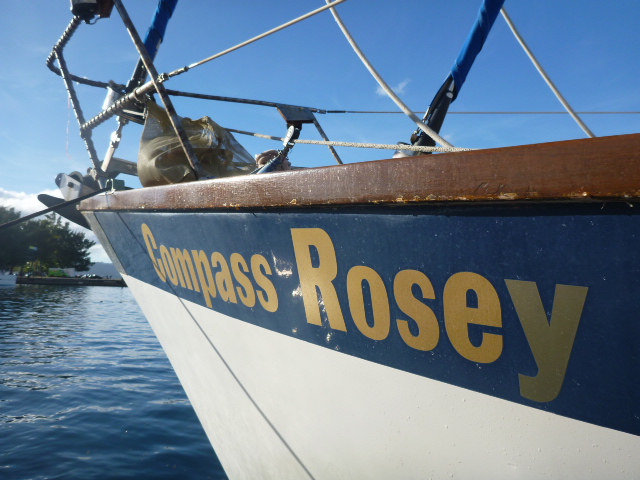Front Page: Read our update in the Missoulian Newspaper!
I might have picked a better picture of us if I’d known it would end up on the front page of our hometown newspaper. But what fun to be able to share a few stories with the press. Here’s a snippet from the article. Click here to read more.
In March 2013, Brianna Randall and Rob Roberts packed up their house in Missoula, left their jobs at local conservation nonprofits, and sailed west on a dream.
For the past nine months, the couple have hitchhiked through the South Pacific as crew members on small private sailboats.
In that time, they’ve been robbed, Roberts saved the life of a drowning woman, they have experienced awe-inspiring wildlife encounters and have come to understand that there are many models in the world as to how to travel, work and raise children. Read more here.

